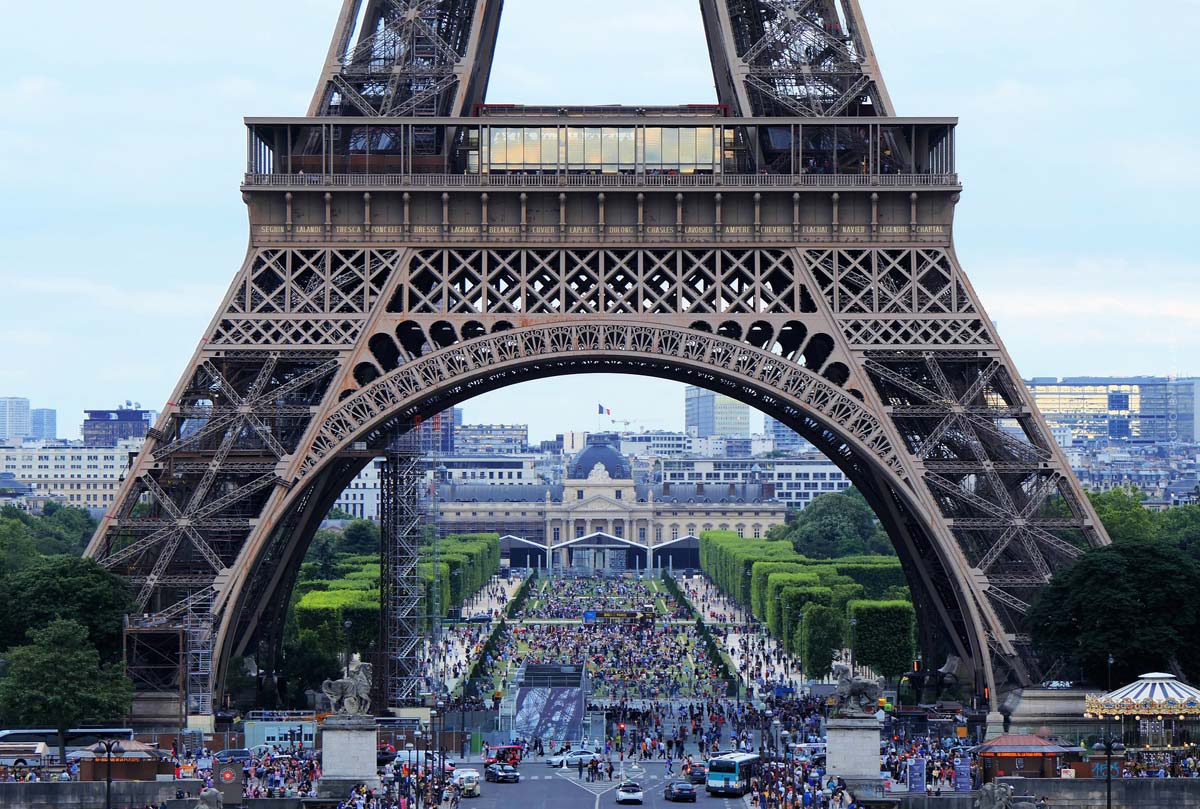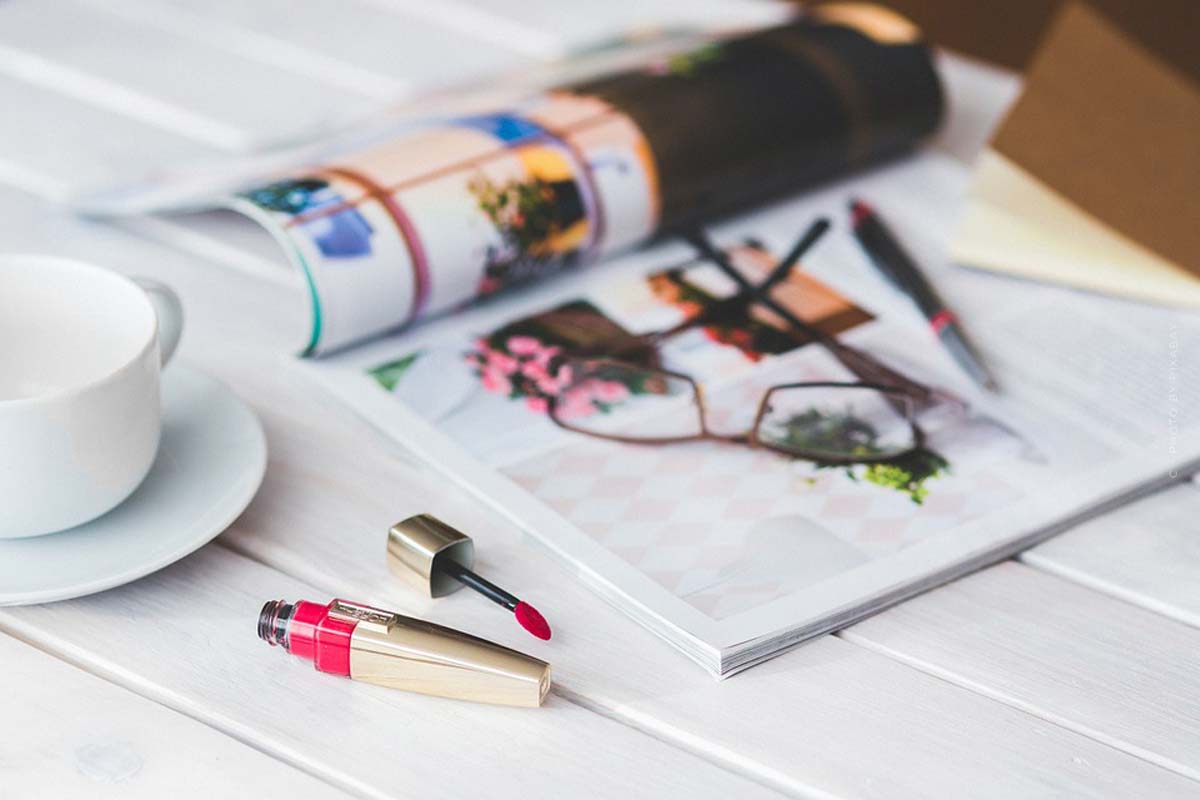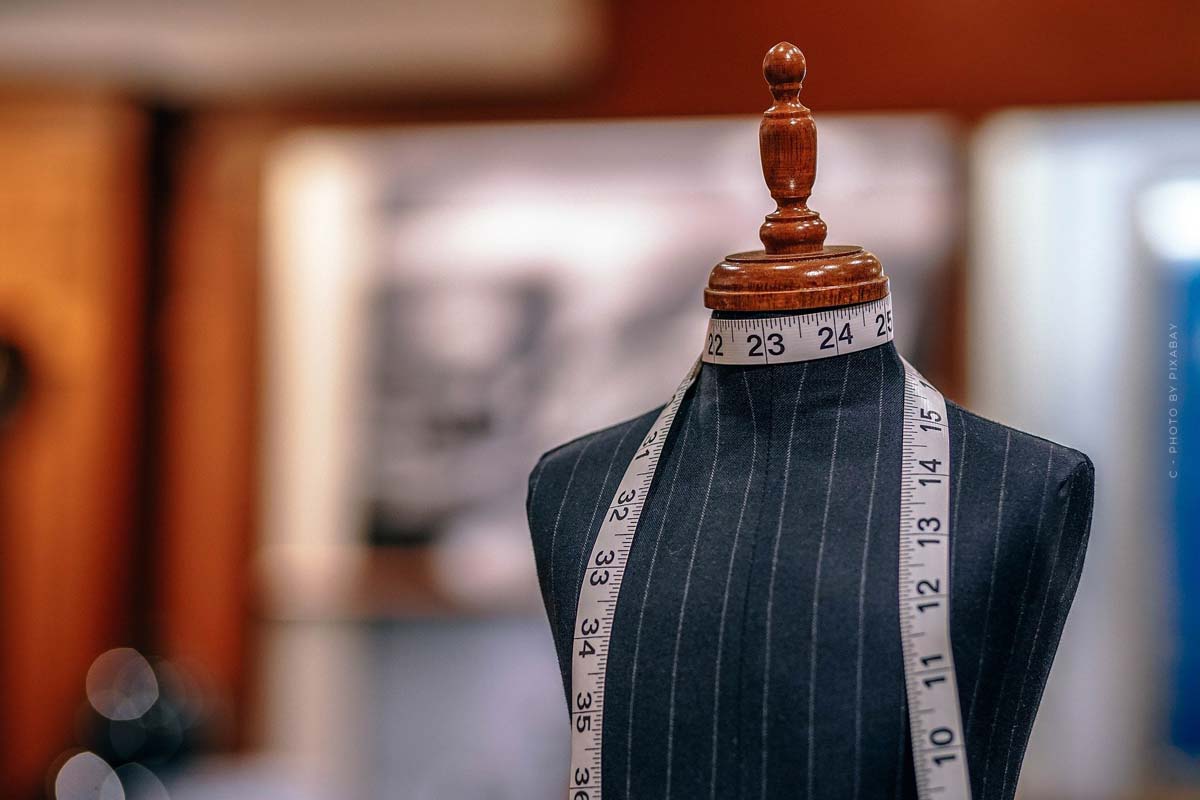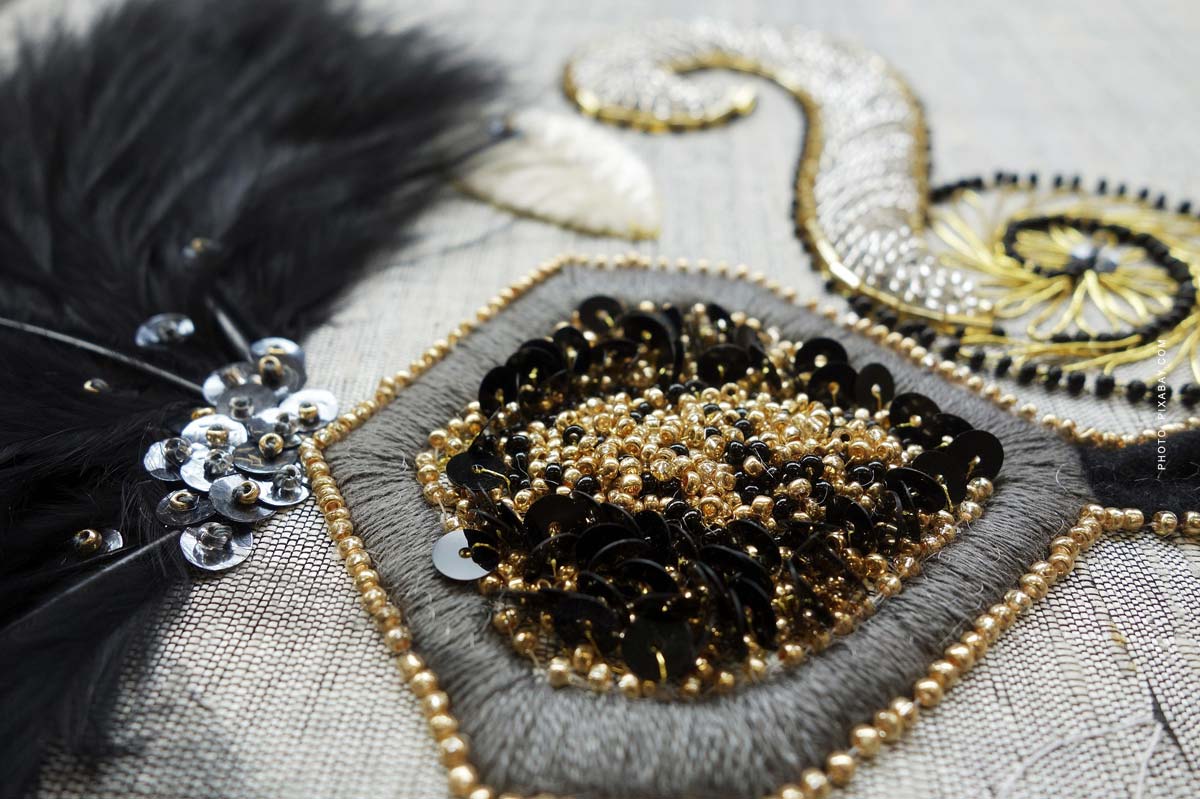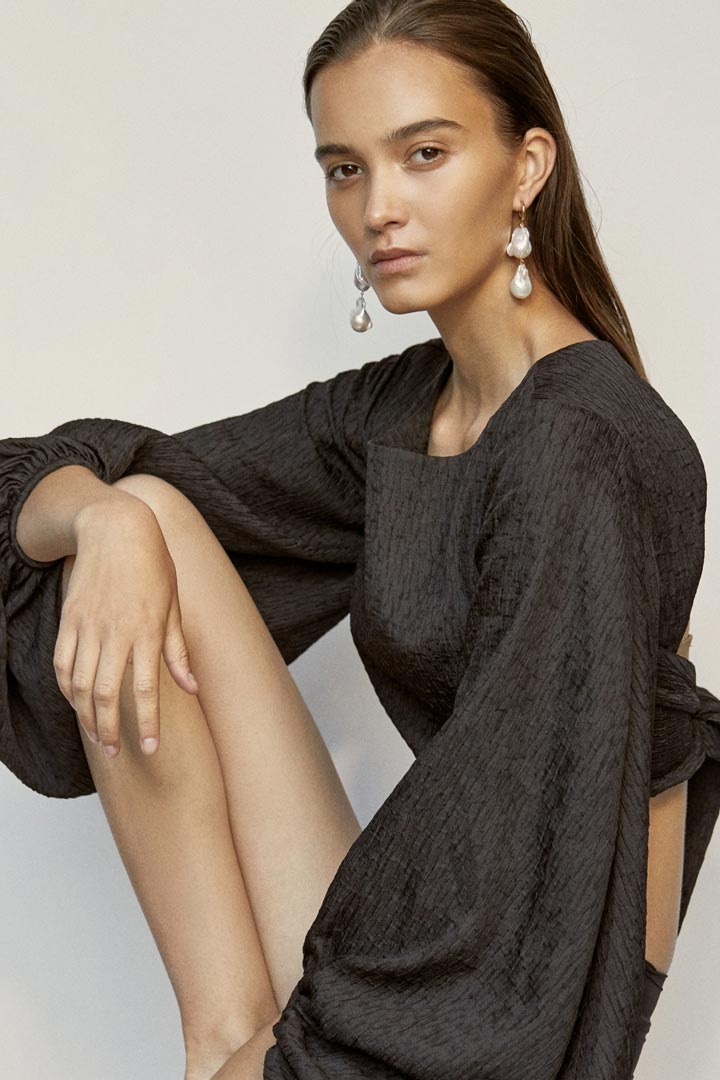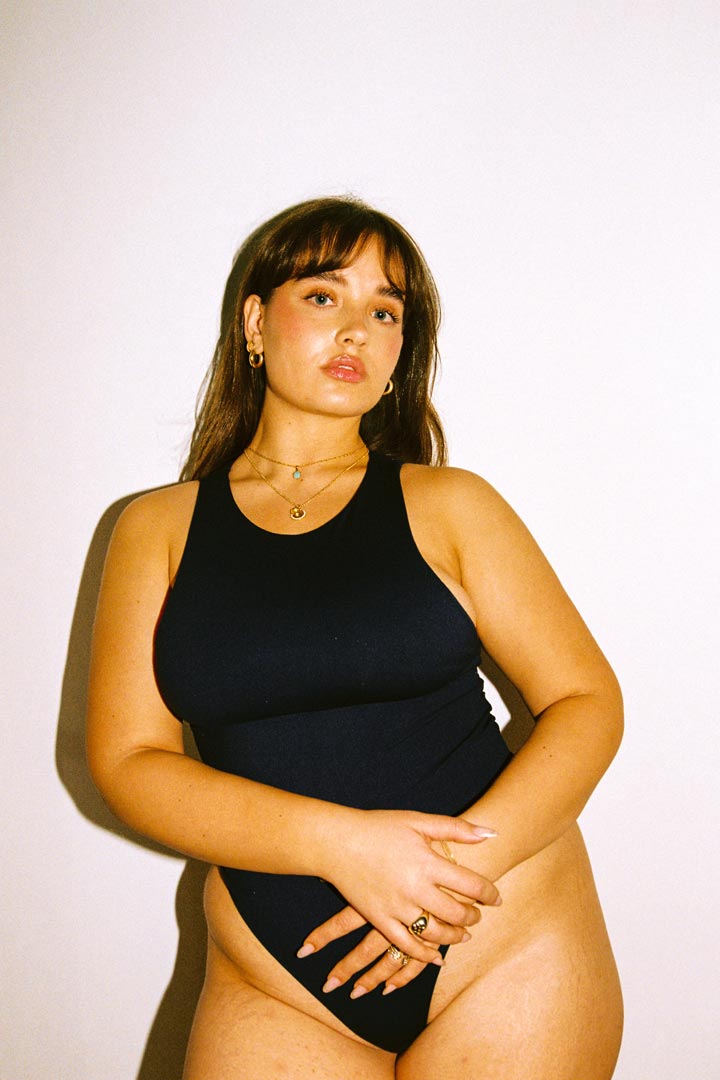Fashion: History of the fashion industry
Fashion – What is fashion anyway? Fashion magazine, supermodel, designer and haute couture, maybe all terms you have heard before. Collectively, these things can be grouped under the main term of the fashion industry. This has evolved over centuries, making it seem a bit complicated. But you can actually figure it out pretty quickly! To help you understand it a little better, you can find the history of fashion summarized here.
Fashion: Definition & Summary
If you look in a dictionary like the Duden, you will find this or a similar definition for fashion: “in a certain time, over a certain period of time, preferred, considered contemporary way of dressing, hairstyle, outfit”. All that really means is that fashion is about a style that is just liked by a lot of people at a certain time. So if a lot of people are wearing Nike shoes this year, then they are in fashion this year. When you follow fashion, you often get a sense of belonging.
Another definition is “elegant garments made according to the prevailing, latest fashion”, which then also goes more in the direction of the fashion industry. This usually describes clothing manufacturers in particular. Like many things in this world, fashion has not just been around since yesterday and has a long history.
From clothing to fashion: summary
Clothing itself is as old as mankind and should first protect against all possible environmental influences. After the development of social and cultural structures, certain values were also associated with clothing. In the European Middle Ages, for example, one should not show too much skin.
From the 15th century onwards, a society began to form that wanted to express its prestige through expensive clothing, but also followed certain trends of its time. At first it was the nobility who flaunted themselves and their power. Later it was the rich people, also called bourgeoisie, who afforded exclusive fashion, such as haute couture.
Today fashion is incredibly diverse, but also very fast moving. Trends come and go. Perhaps that also fits into our hectic everyday lives. Because that’s what fashion does nowadays, it refers to our lives. Motifs and themes from the everyday reality of life are in demand.
History of fashion: at a glance
- Until the Middle Ages: clothing should protect body
- Middle Ages: bodies should be covered for religious reasons
- 15th & 16th century: Clothes should please & more people can buy them
- 17th & 18th century: Fashion is an expression of power
- From the 19th century: Industrialization, mass production, bourgeoisie & haute couture
- 20th Century: Further Growth of These Structures, Fast Fashion & Life Reference
Fashion & Fashion Trends: History and Philosophy
Fashion is not fashion. And what is fashion anyway? First of all, let’s examine the concept of fashion. Simmel, a classical sociologist, distinguished the concept of fashion from the concept of functional “everyday” clothing as early as 1905. Clothing fulfils a purely functional human need – such as protection from the cold or rain. Fashion is also a social need. So today we’re going to take a look at the history of fashion and its influence on society. And in this article you will also find great videos about 100 years of fashion!
History of the fashion industry
Clothing can be traced back to the beginnings of mankind itself. Initially, it served the simple purpose of protecting the body. So when furs and animal skins were placed around the body, this protected from the cold and rain, but also from superficial injuries.
With the development of mankind began to develop culture. Religion and social status gained in importance. These were also expressed through the material and patterning of clothing. For example, rulers wore more elaborate skins. Spiritual persons, such as early priests, on the other hand, had patterns on their clothing that indicated their role and religious connection. Often these were the same people, so leaders were also the highest person in the religion.
- Clothes have utility: Protection of the body
- First jewelry on clothing indicates domination & religion
Middle Ages: Clothing & Social Values
The social change to the European Middle Ages is mainly responsible for the fact that clothing should no longer only protect and express cultural values, but also served to aesthetically cover the body. Too much skin was considered inappropriate. This was often justified with religion, that too much visible skin should make someone unclean before God. People who did not comply were socially excluded, publicly exposed or, in the worst case, even killed.
In the advanced civilizations before that, nudity was not necessarily considered repulsive. In early Egypt, ancient Greece and the Roman Empire, for example, it was considered normal for the poorer classes to walk around almost without clothes. Clothing was therefore already a status symbol at that time, because the more money and power a person had, the more clothing he could afford.
- Clothing is used to cover the body
- Strict dress code based on religion
- Before: Nudity not socially rejected
- But: clothing was a sign of wealth
Renaissance: precursor of industrial production
The Italian Renaissance is considered the model for the dissolution of the Middle Ages throughout Central Europe. Society broke away somewhat from the strict rules of the Middle Ages. This came about mainly because more was produced than was needed. Craftsmen and merchants thus began to make profits. With this money they also got more power, because they had the possibility to pay some soldiers themselves and if necessary to attack the nobility, that means kings and princes. For fear of this, they were usually involved in politics.
This created a broader middle and upper class that had an interest in clothing and belonging. Because this was now possible through technical progress, they could also buy more. In the Middle Ages, for example, people bought a new shirt when the old one was broken. From the 15th century onwards, it became more and more common to buy a new shirt, so that you had two and also a choice.
In addition, certain clothes were considered beautiful and the people who could afford them gained social prestige. About clothes that are similar to other contemporaries, you can feel belonging to certain groups of people. So clothes should not only be functional, but also pleasing.
- Merchants & craftsmen earn more
- More money = more purchasing power
- More people can afford clothes
- Clothing should not only be functional, but also pleasing
- Clothing that is “in fashion” brings affiliation & prestige
Absolutism: Fashion is a means of power & self-expression
Despite this social development, the nobility still had a high status afterwards. This became particularly clear in absolutist France in the 18th century. Clothing was used primarily as an expression of power. The more ostentatious and expensive, the more powerful the person. In the Renaissance, the person and his actions and abilities had been in the foreground, now it was about pure consumption, to show everyone how powerful you were.
However, this exaggerated self-promotion was helpful for the development of fashion. With the most beautiful clothes one could compare oneself, but also determine what was accepted. There was now less of a dress code for which one could be punished by law. But in the spirit of the times, for example, powdered wigs and wide hoop skirts were considered beautiful and one could gain social prestige through these things and lose it again if one did not wear the current fashion.
Because fashion was now more popular and expressed how great you were, it was also found in magazines. These were made to present and discuss everyday events. So because fashion was becoming more a part of everyday life, the first magazines dedicated to it were born. The first fashion magazines were born.
- Nobility exposes itself through excessive pomp
- Attire: As much self-expression as possible
- Magazines deal with fashion = first fashion magazines
Fashion magazines: History of the biggest magazines
Magazines and media have accompanied fashion for hundreds of years. They reflect the current trends in the fashion industry. That’s why they are so super helpful for those interested in fashion, because you can learn everything important in the magazines. Like fashion, they have gone through their own evolution.
Fashion magazines: Everything important for those interested in fashion
Red carpet, supermodels and top designers, who captures it all? Welcome to the world of fashion magazines! In them you can find everything about fashion and the corresponding trends. Meanwhile, the magazines even trigger entire trends. Accompanied by stunning photos, breathtaking videos and most now have channels on social networks. You may have heard of Vogue, Harper’s Bazaar and Elle, but here you can learn all about how they became the biggest names in fashion.
Top Fashion Magazines – These Magazines Set Trends
We want to know: what moves the fashion-interested people among us? And what says more about people’s interest than the fashion magazines they prefer to read? We have looked into this and have come to a noteworthy conclusion. Here you can get back to the guide: Becoming a model.
Industrialization: Mass Production & Haute Couture
Industrialisation from the 19th century onwards was a blessing for the fashion industry from an economic point of view. During this time, the first factories were established. This also developed mass production and machines could produce more and more in less time. With the colonization before one had found new raw material sources. By often inhuman exploitation of these and the industrialization a prosperous society developed in Central Europe. About the earned money could afford this fashion.
The economic growth and the resulting wealth also brought forth the Haute Couture. There were also the first fashion shows in Paris to demonstrate these special clothes. Paris developed to the European fashion centre. There, the fashion really became an industry. While before it was only about the craftsmanship in the production of the clothes, now the name of the designer or fashion house came to the fore. Like today with the fashion brands.
- Factories are built = more production
- New sources of raw materials through colonization
- Affluent society had money
- Fashion became an industry through haute couture
- Names of the designer/fashion house become important
50s to today: Versatile but short-lived
After the Second World War, fashion changed even more. While fashion had previously been something for rich citizens, young people now wanted fashion that picked up on their lives and was affordable. This led to an explosion of fashion genres and the fast paced fast fashion industry. There had to be as much different as possible that was close to life and the buyer could thus identify with.
The ever advancing technical development and globalization have promoted these developments more and more. Fashion is a status symbol to express social affiliation, incredibly diverse and no longer to think away from our lives. In fashion there are so many important components and four of them we present here.
- After World War 2: young people have more purchasing power & own ideas
- More fashion types
- Fast-moving trends: something new is always needed
- Is possible through mass production
- Identification & reference to everyday life is important
Fashion designers: Icons of the fashion world – Chanel, Dior, Versace & Co.
Of course, the industry also relies on new ideas, and these usually come from fashion designers. Their job is super important and had a big part in the creation of today’s fashion. They create trends and react to them. Fashion designers are no longer to be thought away from the world of fashion.
Creative minds: fashion designers of luxury brands
Whether you’re at Fashion Week or on a shopping trip, you’re probably familiar with luxury brands like Chanel, Dior and Armani. But did you know who is behind them? A wide variety of fashion designers have worked for these brands. Many of them have changed the fashion world in their own way. Here you will get to know Coco Chanel, Christian Dior, Yves Saint Laurent, Karl Lagerfeld, Giorgio Armani and the siblings Gianni and Donatella Versace. These people are among the most successful designers in the world.
Haute Couture Story: Paris, New York, London
Haute couture is also at the heart of the fashion industry and has both made brands like Dior, Chanel and Givenchy big and ensured that Paris, New York and London are the absolute fashion capitals.
Haute Couture: the supreme discipline of fashion
When you think of Fashion Week in Paris, the exciting dresses of haute couture probably come to mind pretty quickly. But what is actually behind haute couture? It’s actually quite simple, translated it means “elevated tailoring”. An association of different fashion brands decides on the rules under which a label may call its collection haute couture. By far not everyone is allowed to do that.
Fashion magazines: History of the biggest magazines
Magazines and media have accompanied fashion for hundreds of years. They reflect the current trends in the fashion industry. That’s why they are so super helpful for those interested in fashion, because you can learn everything important in the magazines. Like fashion, they have gone through their own evolution.
Fashion magazines: Everything important for those interested in fashion
Red carpet, supermodels and top designers, who captures it all? Welcome to the world of fashion magazines! In them you can find everything about fashion and the corresponding trends. Meanwhile, the magazines even trigger entire trends. Accompanied by stunning photos, breathtaking videos and most now have channels on social networks. You may have heard of Vogue, Harper’s Bazaar and Elle, but here you can learn all about how they became the biggest names in fashion.
Top Fashion Magazines – These Magazines Set Trends
We want to know: what moves the fashion-interested people among us? And what says more about people’s interest than the fashion magazines they prefer to read? We have looked into this and have come to a noteworthy conclusion. Here you can get back to the guide: Becoming a model.
Supermodels: From Castings to Fashion Icon
Fashion has to be brought to the people and for that someone has to wear it. Supermodels benefit from the fact that the fashion industry plays a role in our everyday lives. They are able to expand their fame and are often successful in other areas as well. And it works the same way the other way around! The more famous a model is, the better you can use them to promote your clothes.
Supermodels: Celebrities of the fashion world
Fashion shows, heady dresses and Instagram, who actually brings you the trends of the big fashion brands? That’s right, supermodels like Kendall Jenner, Gigi Hadid, Cara Delevingne and Naomi Campbell. Yet you don’t just see them in this industry today. Supermodels have long been a fixture in the entertainment industry and are real celebrities. Find out what’s behind some of these impressive women here.
